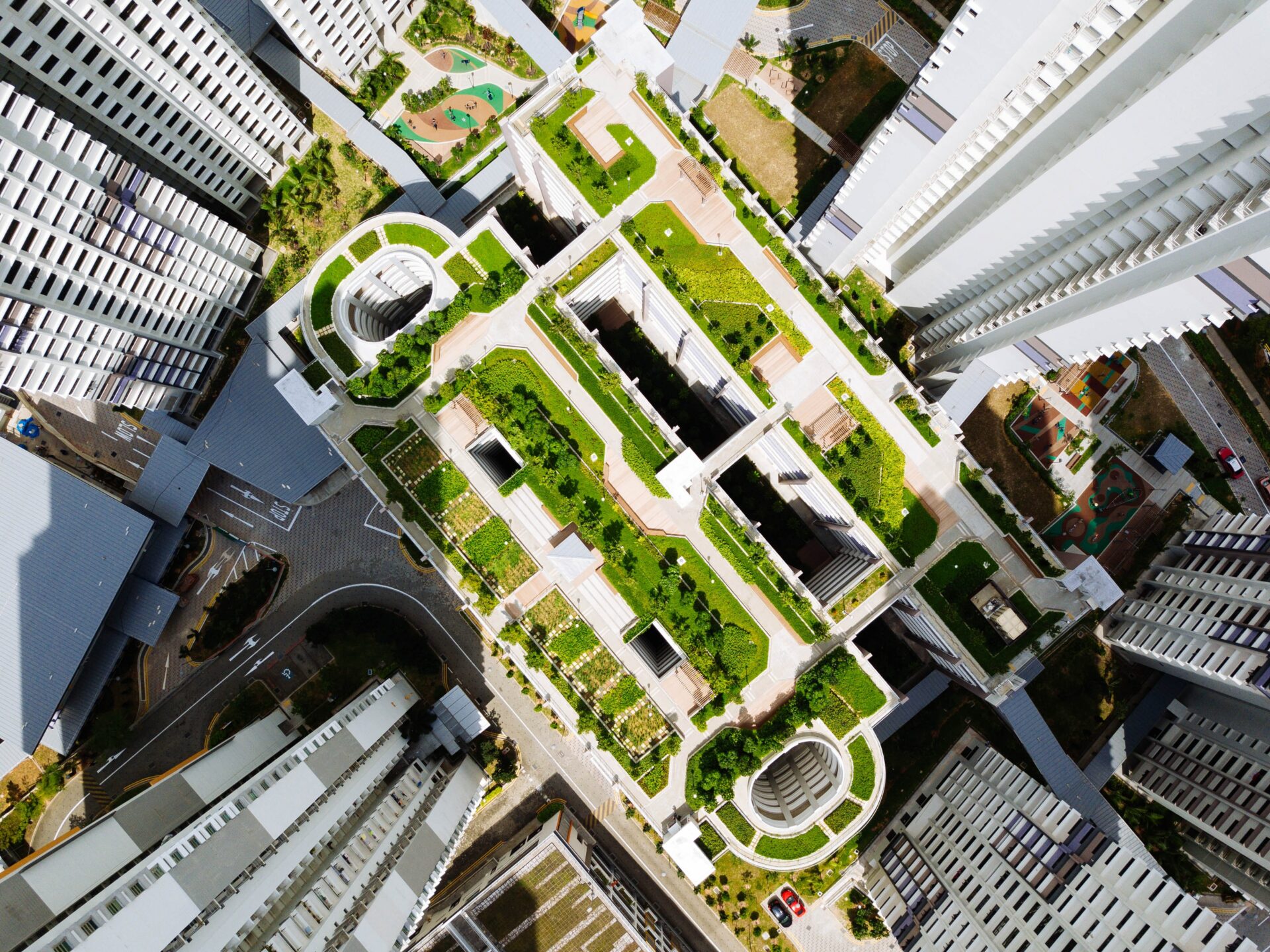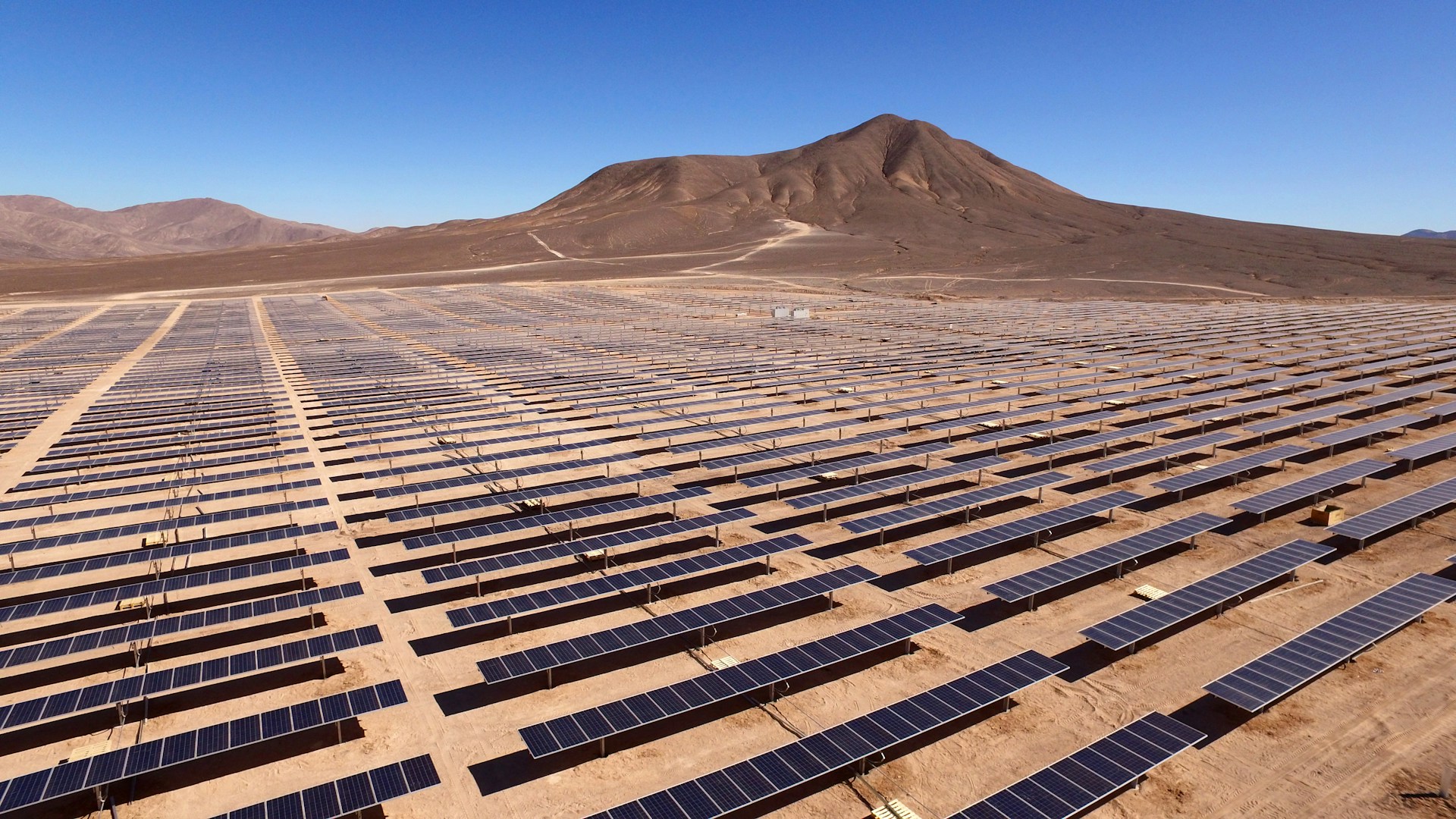2023 To Be An Unprecedented Year For Green Buildings
Hiding in plain sight, buildings are one of the most neglected environmental sectors. More than 40% of all global emissions come from buildings, the United Nations Environmental Program explains. The EPA adds that humans spend more than 90% of their life time indoors.
But green buildings are more than just a trend and are critical to the environment. Their potential is significant. Not only can green buildings help revert climate change and its devastating global consequences, but they can also directly impact the health and performance of people living and working in them.
Additionally, green buildings reduce energy, water, and resource consumption and costs, impacting your bottom line. In simple words, green is just good business. But how can you access these benefits? How can managers and decision-makers build or transform their models to fit new standards?
Dual health and environmental certifications
Two top internationally recognized certification organizations are streamlining the journey to becoming green. On November 2, 2022, LEED, the most widely used green building rating system, and the International WELL Building Institute (IWBI) announced a strategic partnership to accelerate the adoption of buildings that prioritize people, communities, and the natural environment.
Starting in 2023, buildings will be able to fast-track and achieve dual WELL and LEED certifications. The certifications are designed to move through a two-way crosswalk and are coordinated by a third-party review overseen by Green Business Certification Inc. (GBCI). Until now, the top 500 Fortune companies and leading organizations in the U.S. and the world, have been applying for these certifications separately, as one focuses on health and people, while the other on environmental aspects.
LEED and WELL certifications have a reputation in the industry for being complex to obtain due to the multiple steps involved in the processes. However, this new partnership promises a faster process and is an opportunity for building managers to unlock efficiencies and encourage innovation while making a global impact.
The LEED Starters Guide offers resources and blueprints to meet standards for location, sustainability, water efficiency, energy and atmosphere, indoor environmental quality, and innovation for those pursuing certifications. In contrast, the WELL Business Standard Guide details all components evaluated during their process, from air quality to smoke-free environments, construction pollution, ventilation, and others. With the new dual certifications, new resources, guides, and tools to streamline approval are expected.
The benefits of being green-certified
Some experts argue that measuring the return on investment for green-certified buildings is impossible due to intangible indirect factors. However, nothing could be further from the truth. While an increase of up to 25% in total construction costs is expected for those pursuing green certifications, energy savings, rent prices, vacancy rates, water savings, and other resource costs can easily be quantified.
How buildings are maintained is also critical. Viking Pure, a company offering natural cleaning and disinfection solution for green buildings explains that toxic cleaning chemicals have been connected to health complications like cancer, allergies, migraines, eczema, kidney damage, and neurologic problems.
Responding to the global demands for new sustainable goods and services, the company offers an alternative to cleaning and disinfecting with toxic chemicals. Their EPA-registered solutions are generated on-site at customer facilities using Viking Pure’s patented process to produce two Green Seal certified electrolyzed water solutions: a multi-purpose cleaner and degreaser and an all-natural disinfectant that is more powerful and effective than bleach.
Water and air quality can prevent chronic disease episodes, reduce asthma attacks and strokes, and prevent contamination of waterborne pathogens. They can also impact wellness and cognitive performance.
A study from Harvard found that cognitive skills — used daily for knowledge, information manipulation, reasoning, and problem-solving — are 61% higher in green buildings and 101% higher for those living or working in enhanced green building conditions.
Harvard’s Nine Foundations of a Healthy Building includes components for ventilation, lighting, noise, air quality, thermal health, moisture, dust and pests, safety and security, water quality, and noise. It is also a comprehensive, evidence-based roadmap that can facilitate the transformation of grey to green buildings.
Additionally, companies today have an increased advantage thanks to technological innovations. Smart building technology, paired with sensors and monitors, can provide real-time monitoring, one-source of truth dashboards, and integral, holistic platform management. These AI-powered systems can automate and schedule everything from turning lights on and off to when HVAC filters need to be checked.
2023 promises to be an unprecedented year for green buildings. With international political momentum growing to achieve carbon neutrality goals, technology advancing at rapid paces, and regulators and leading certification organizations offering new opportunities, our time is truly a once-in-a-generation opportunity to make a real impact.




